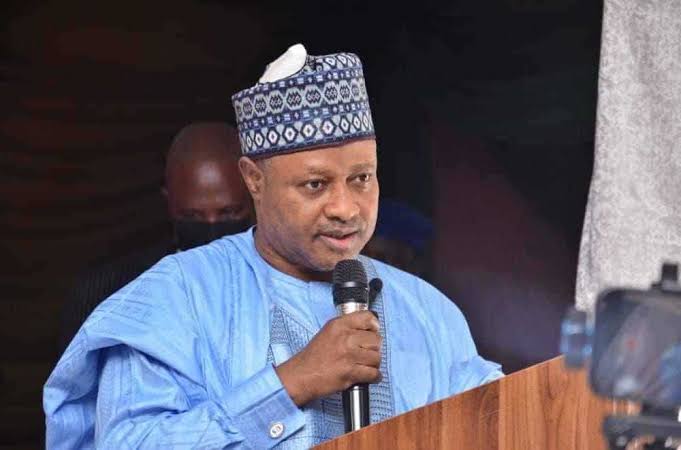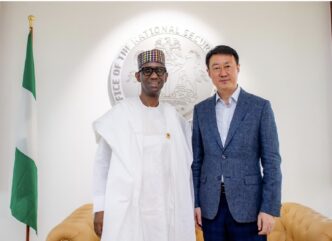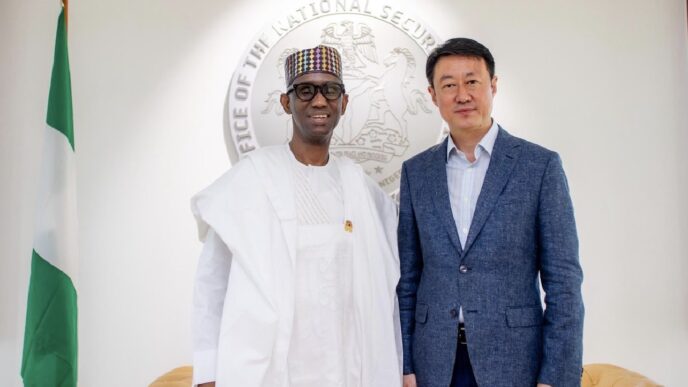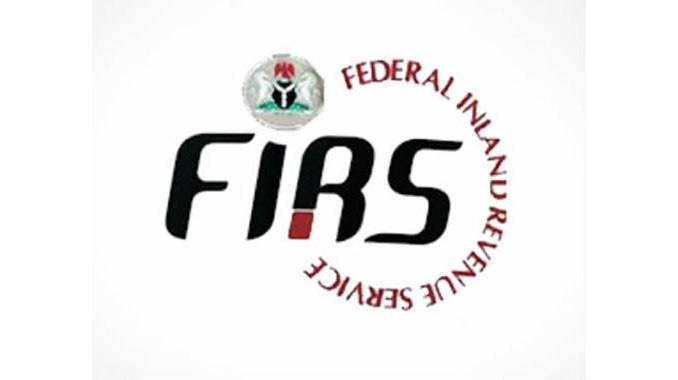Governor of Kaduna state, Uba Sani has announced a ₦30 billion commitment by the state government toward the development of the Kaduna Bus Rapid Transit (KBRT) system.
Gatekeepers News reports that this is a major initiative aimed at transforming urban mobility, reducing carbon emissions, and generating employment across the state.
The project, implemented in collaboration with the Agence Française de Développement (AFD), will operate along a 24-kilometre dedicated corridor stretching from Rigachikun to Sabon Tasha. It will feature 120 articulated buses powered by compressed natural gas (CNG) — a cleaner and more efficient energy source.
Described as the first BRT project in northern Nigeria and the second nationwide after Lagos, the initiative is projected to cut carbon dioxide emissions by about 38 percent and help commuters save ₦1.8 billion annually in fuel costs.
Beyond its environmental benefits, the KBRT system is also expected to provide significant economic impact by creating over 14,000 jobs, including 3,200 direct jobs for drivers, station agents, and maintenance engineers, as well as 11,000 indirect jobs in ICT, security, cleaning, and small-scale trading.
Governor Sani also revealed that work on the Kaduna Light Rail Project has reached an advanced stage. The first phase will rehabilitate the old rail line between Rigachikun and Sabon Tasha, while the second phase will connect Millennium City to the existing Abuja–Kaduna rail line, covering approximately 50 kilometres.
In response to the removal of fuel subsidies, the state government has also launched the Kaduna Subsidized Transport Scheme to ease the burden on residents.
The scheme, which began in July 2025 after the commissioning of 100 new CNG/hybrid buses by President Bola Ahmed Tinubu, provides free rides for students, workers, and retirees — a policy that has so far saved commuters more than ₦500 million.
To enhance safety and efficiency, the government is currently constructing over 200 modern bus stops across Kaduna State as part of the first phase of the transport infrastructure upgrade.
Additional phases are expected to follow soon to ensure full coverage and improved commuter experience across the metropolis.










